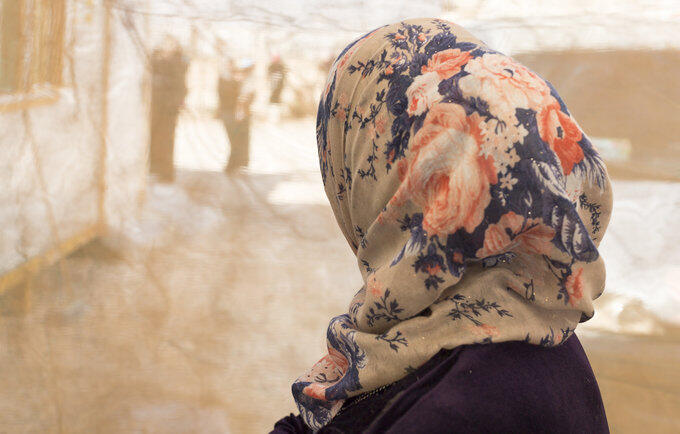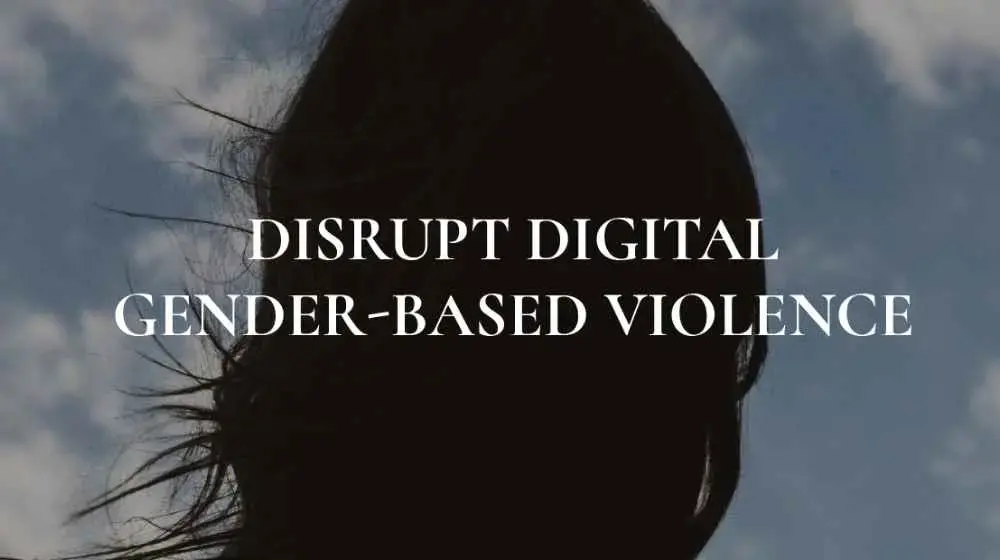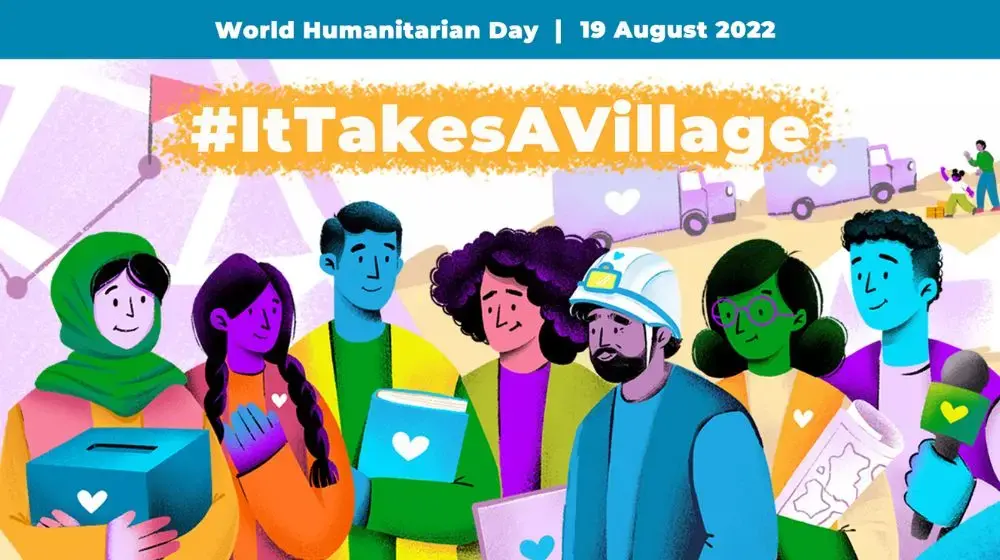The conflict in Syria has claimed the lives of hundreds of thousands of people, displaced half the population and left 13.1 million people in need of humanitarian assistance. Half of the displaced, and half of those in humanitarian need are youth. Amid the chaos, young women and adolescent girls become particularly vulnerable to economic deprivation, Gender Based Violence (GBV) and the devastating consequences of limited mobility and isolation brought about by the breakdown of community structures.
This year, the world celebrates International Youth Day under the theme of safe spaces. In the Syrian context, safe spaces for young women and girls become havens from lives over which they mostly lost control.
Safe spaces for women and girls allow them to build new communities and create much-needed support networks. They are also spaces where women and girls can safely access services related to GBV, vocational training and economic support, healthcare, psychosocial support and legal counselling.
Amina, an 18-year old Syrian refugee in Egypt, lived with a bullying brother who physically abused her, limited her movement and deprived her from pursuing higher education.
“I had given up on the idea of finding my voice again and openly discussing my depression, but all of the women in the group had stories similar to, if not more heart-breaking than mine and we simply allowed ourselves to embrace the healing process together,” Amina said recalling group workshops at a centre for women and girls supported by UNFPA, the United Nations sexual and reproductive health agency.
With the support of case workers, Amina’s newly-found confidence allowed her to stand up to her brother and she was able to pursue higher education as she had hoped.
For Simar in South Syria, the UNFPA-supported safe space was a lifeline in a time of great loneliness and with a narrowing social circle. A widow with two children, Simar was also suffering economically. She found a community in the women and girls centre. But she also found vocational training that allowed her to turn her skill with handcrafts to an income-generating activity.
“It quickly became clear to me that it was the best decision I could have made. I found a network of support that I desperately needed in my state of mind at the time, and the workshops allowed me to organize my time better in order to develop my skills and learn from people who have had much longer experience doing what I do,” Simar explained.
To read more stories from UNFPA safe spaces for Syrian women and girls, and about UNFPA's work in the Syrian crisis, see our latest Situation Report form Syria here.
A guidance note and learnt lessons from UNFPA’s experience with safe spaces for women and girls in the Syria crisis can also be found here.





